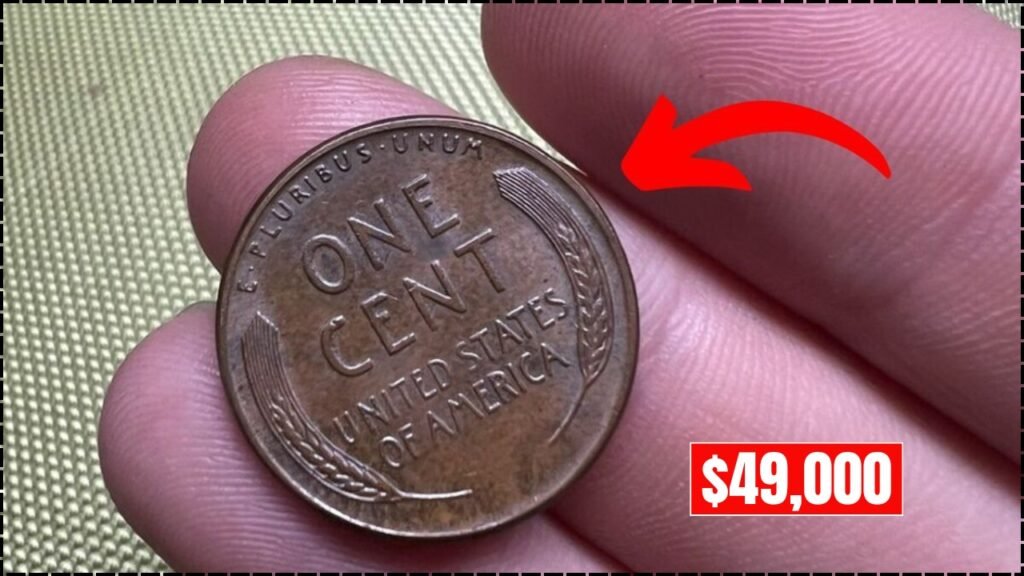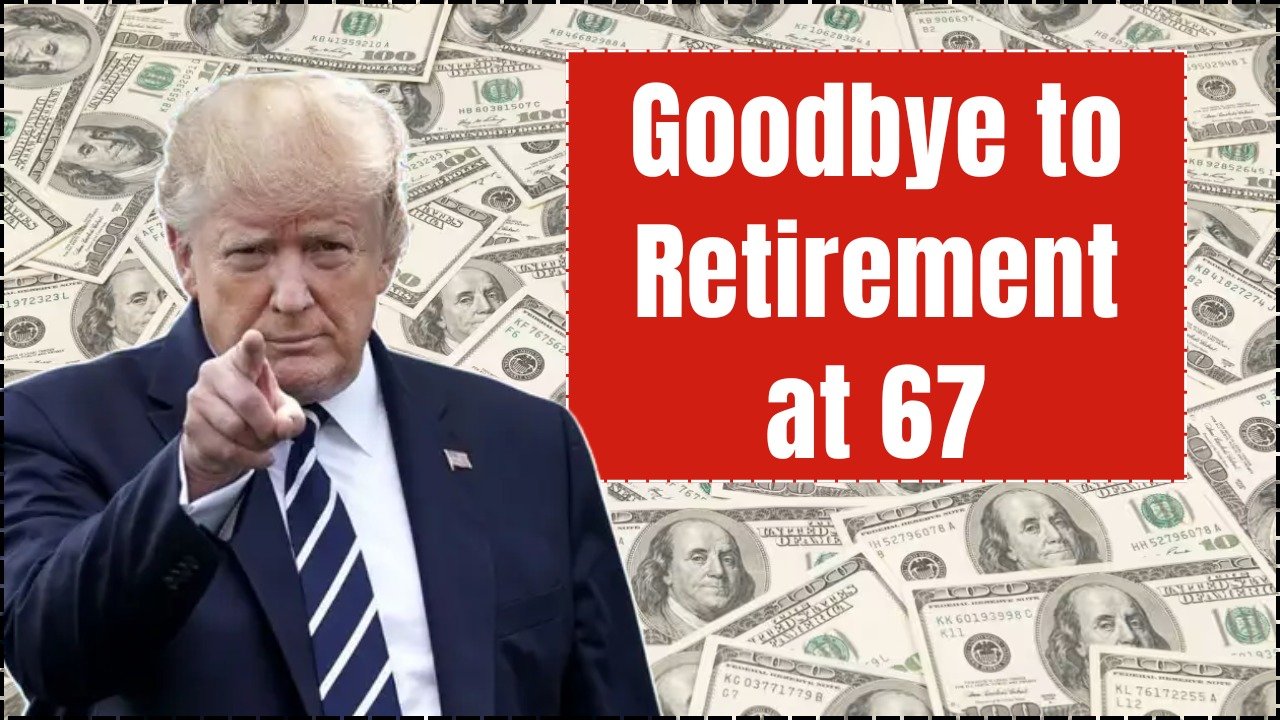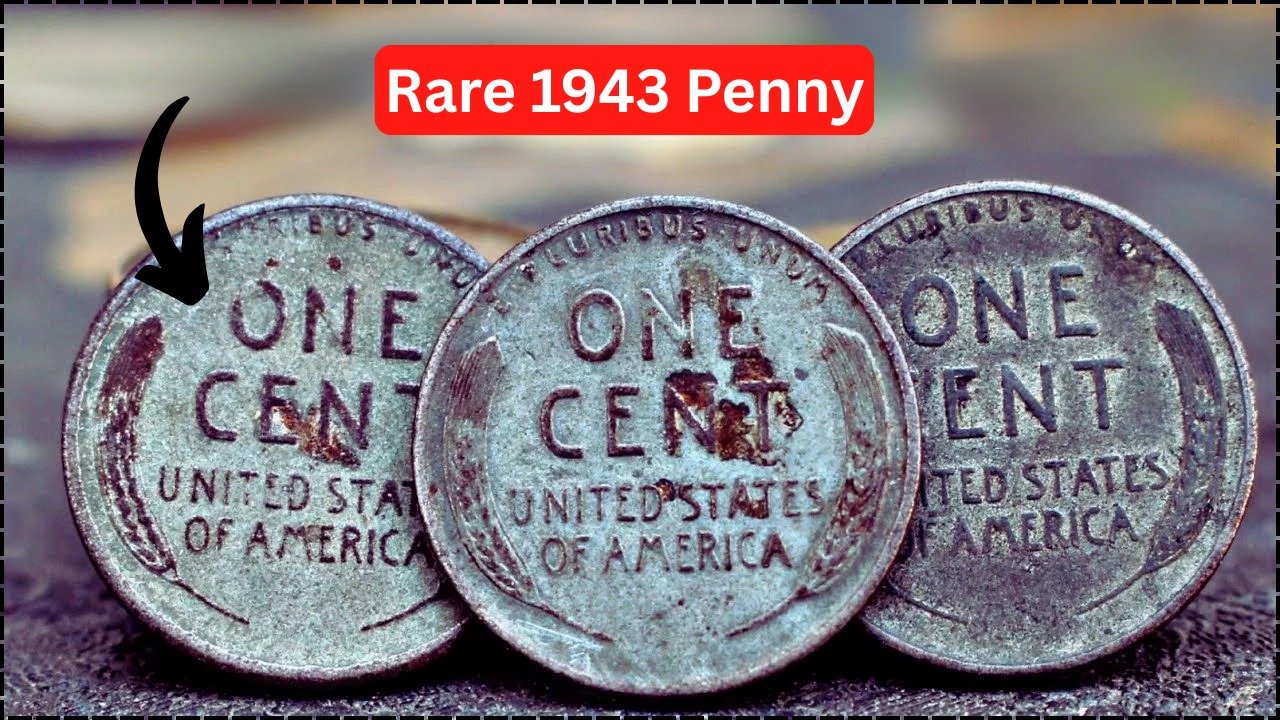
The Lincoln Wheat Penny has fascinated coin collectors and history lovers for over a century. Introduced in 1909, this iconic penny brought a major change in U.S. coin design by featuring the image of a real person—President Abraham Lincoln. Its legacy continues to spark interest, especially when rare versions like the 1914-D penny are discovered.
From everyday pocket change to auction house headlines, the Lincoln Wheat Penny remains a piece of American history. Among all its varieties, the 1914-D minted in Denver stands out as a collector’s gem—sometimes fetching up to $49,000, depending on its condition.
Table of Contents
Quick Overview – 1914-D Lincoln Wheat Penny
| Feature | Details |
|---|---|
| Coin Name | Lincoln Wheat Penny |
| Special Edition | 1914-D (Denver Mint) |
| Mint Mark | “D” below the date on the coin |
| Mintage | ~1.2 million |
| Estimated Value | $300 (worn) to $49,000+ (uncirculated/mint condition) |
| Historical Context | Minted during the early days of World War I |
| Design | Obverse: Abraham Lincoln; Reverse: Two wheat stalks |
| Why Valuable? | Scarcity, low mintage, and condition |
| Official Coin Info | U.S. Mint Coin History |
A Coin That Changed History
When the U.S. Mint introduced the Lincoln Wheat Penny in 1909, it marked the first time a real person appeared on American currency. Designed by Victor David Brenner, the front side showcased a detailed portrait of President Lincoln. On the reverse were two simple wheat stalks, symbolizing America’s agricultural roots.
This design resonated deeply with the American public and remained largely unchanged until 1958. Over the decades, some editions of this penny became extremely rare, driving up collector interest and market value.
Why the 1914-D Is a Collector’s Favorite
Limited Mintage from Denver
Most pennies are produced in massive quantities—tens of millions annually. But in 1914, the Denver Mint created only about 1.2 million Lincoln Wheat Pennies. That’s a minuscule number compared to other minting years.
The small production run meant fewer coins were released into circulation, and even fewer survived the passage of time. As a result, the 1914-D penny became instantly rare and remains one of the most coveted coins among numismatists.
Coined During a Significant Era
The year 1914 was not just about coins—it marked the beginning of World War I. Although the United States had not yet entered the war, the global tension and historical backdrop add to the coin’s mystique. Holding a 1914-D penny is like owning a small slice of early 20th-century history.
What Makes It Worth $49,000?
Scarcity Equals Value
In coin collecting, fewer coins usually mean greater value. The 1914-D Lincoln Wheat Penny is no exception. Over the years, many of these pennies were lost, damaged, or heavily worn through circulation.
Today, finding one in pristine or near-mint condition is incredibly rare. It’s this scarcity—combined with its historical background—that has pushed the coin’s market price into the thousands, and in some cases, close to $49,000.
Condition Is Critical
A 1914-D penny’s worth depends heavily on its state of preservation:
- Heavily Circulated: Still valuable—often $300 to $1,000.
- Fine to Very Fine: Clear details, moderate wear – can be worth $2,000–$10,000.
- Uncirculated: No wear, sharp design features – often fetches $20,000 to $49,000 or more at auction.
Coin graders use specific criteria to evaluate coins, such as color, luster, and surface marks. Even slight differences in appearance can lead to major shifts in value.
How to Identify a 1914-D Wheat Penny
Thinking you may have one of these rare coins? Here are the features to check:
- Date: Look for “1914” clearly printed on the coin’s front.
- Mint Mark: Right below the date, a small “D” denotes it was minted in Denver.
- Back Design: Two wheat ears frame the words “ONE CENT” and “UNITED STATES OF AMERICA.” This wheat design is key to authenticating the coin.
Caution: Watch Out for Counterfeits
Because of its high value, the 1914-D penny is a common target for fakes. Some forgers even add a fake “D” to regular 1914 pennies from the Philadelphia Mint.
If you believe you have a 1914-D in your collection:
- Don’t Clean the Coin – this lowers its grade.
- Get It Certified – Contact a professional grading service like PCGS or NGC.
- Use a Trusted Dealer – Avoid casual appraisals from unverified sources.
How to Store and Protect Valuable Pennies
Owning a rare coin is exciting—but protecting it properly is just as important. Here are some basic care tips:
- Handle with Gloves: Oils from your skin can damage the surface.
- Use Acid-Free Holders: Place the penny in a 2×2 coin holder or capsule.
- Keep It Dry: Store in a cool, dry environment away from moisture.
- Avoid Cleaning Agents: Never try to polish or restore a coin’s surface.
Following these guidelines helps preserve the coin’s grade and maintain its resale value.
Rediscovered Rarities Still Make Headlines
Rare coins like the 1914-D penny or the 1969-S Doubled Die Penny (sold for over $750,000) remind collectors that treasure could be hiding in plain sight. In fact, a few rare pennies have been discovered in everyday places like coffee cans, junk drawers, or inherited collections.
Even the $5 bill with a seal error that was worth over $480,000 proves that everyday currency can sometimes carry a hidden fortune.
So if you’re sorting through old coin jars or inherited items, pay close attention—you might just spot a coin with life-changing value.
Final Thoughts
The 1914-D Lincoln Wheat Penny isn’t just rare—it’s legendary among U.S. coins. With its limited mintage, historical significance, and market value reaching up to $49,000, this coin continues to attract collectors more than a century after it was struck.
While finding one in circulation is highly unlikely, it’s not impossible. Keeping an eye out, especially when going through old collections, might just lead to a once-in-a-lifetime discovery. And if you do find one, remember: don’t clean it, don’t sell it quickly—get it verified and protected first.
FAQs
Q1: What is the value of a 1914-D Lincoln Wheat Penny today?
A = Depending on its condition, it can range from $300 to over $49,000.
Q2: How can I tell if my penny is from the Denver Mint?
A = Look for a small “D” beneath the year “1914” on the front of the coin.
Q3: Are there many fake 1914-D pennies?
A = Yes, many fakes exist. Always get the coin authenticated by a certified coin grading service.
Q4: Can I still find a 1914-D penny in circulation?
A = It’s extremely rare, but old collections or jars might still hold hidden gems.





